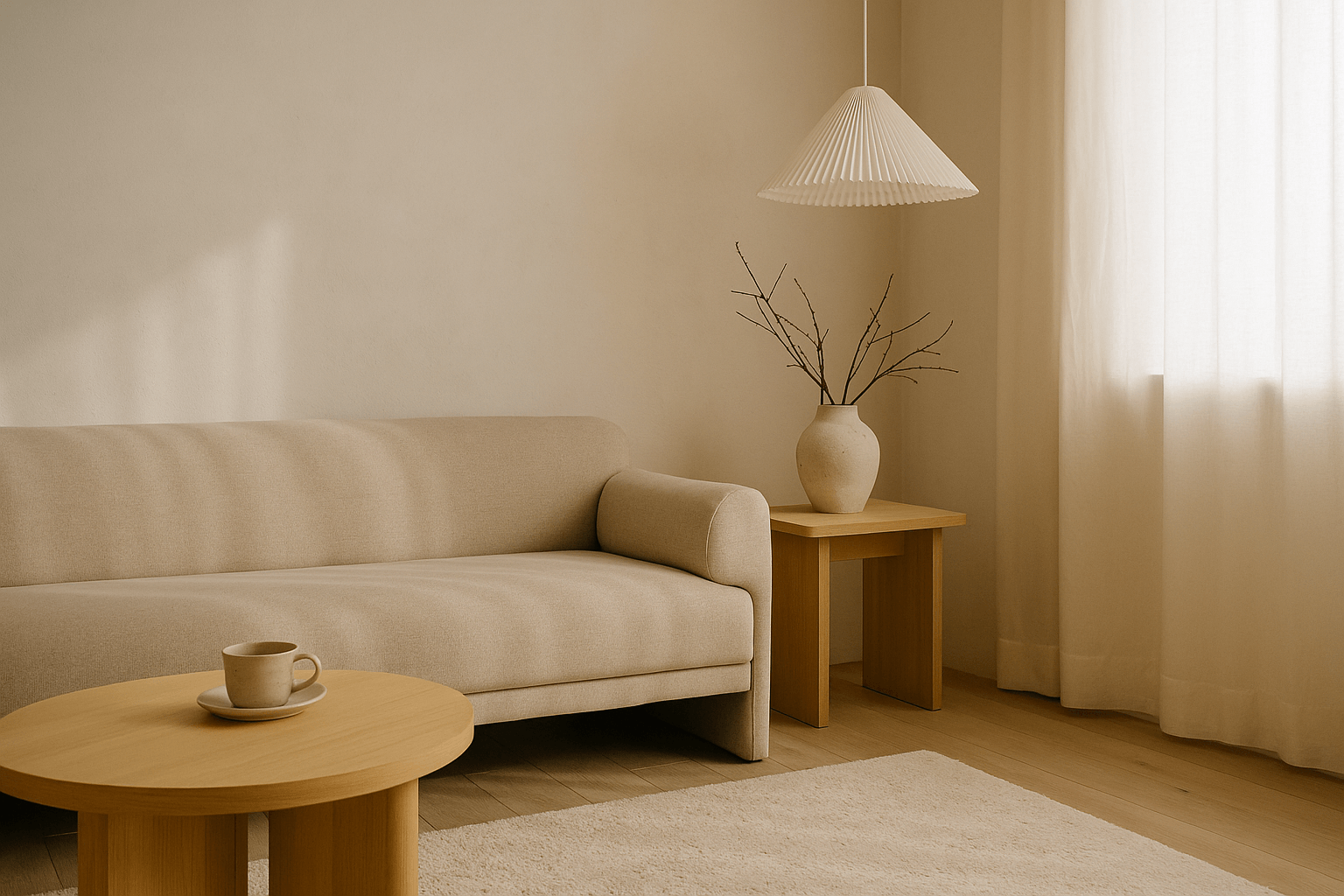Why Quiet Corners Matter in Modern Living
In today’s always-on world, stillness is increasingly rare—and precious. That’s why creating a quiet corner in your home isn’t just a design choice, it’s a way to reclaim calm, presence, and focus.
A quiet corner doesn’t need to be an entire room. It can be:
-
A chair by the window
-
A nook with soft lighting and a small table
-
A stretch of floor with a meditation cushion
What matters is the intention behind it: a space designed to pause, breathe, and unplug.
The Purpose of a Quiet Corner
-
Mental reset: A small retreat from daily overstimulation
-
Visual cue: A reminder to slow down and be present
-
Personal anchor: A space just for you, free from performance or productivity
In minimalist homes, where each element is intentional, quiet corners become a design expression of self-care.
How to Create a Quiet Corner at Home
1. Find a Light-Filled or Low-Stimulus Area
-
Use natural light where possible—sunlight adds softness
-
Or choose a dimmer space with warm lighting for calm
-
The corner should feel visually open, not crowded
2. Add One Comfortable Seat
-
A linen-covered chair
-
A floor cushion or small pouf
-
A simple bench with a throw
Choose soft textures and neutral colors for grounding energy.
3. Use a Single Surface
A small table, shelf, or stool is enough. Use it to hold:
-
A warm drink
-
A single book
-
A candle or ceramic bowl
Don’t clutter it. Leave space to reflect.
4. Incorporate Natural Materials
Woven textures, clay, wood, wool—all create sensory grounding without visual noise.
5. Let It Be Incomplete
Not every corner needs styling. Leave some wall space blank. Let it feel open, not styled.
This isn’t for guests—it’s for you.
How Quiet Corners Reflect Minimalist Values
-
Less is more: One peaceful space can reset your entire day.
-
Presence over performance: This is about how a space feels, not how it looks.
-
Mindfulness through simplicity: When you remove excess, what’s essential becomes clearer.
Final Thoughts
A quiet corner is a whisper in a noisy world. It’s a soft “pause” in the flow of your day—a moment to breathe, center, and just be.
Whether you're reading, meditating, or sitting in silence, this space becomes a grounding ritual. And in a minimalist home, it proves that the most powerful spaces are often the smallest.
















